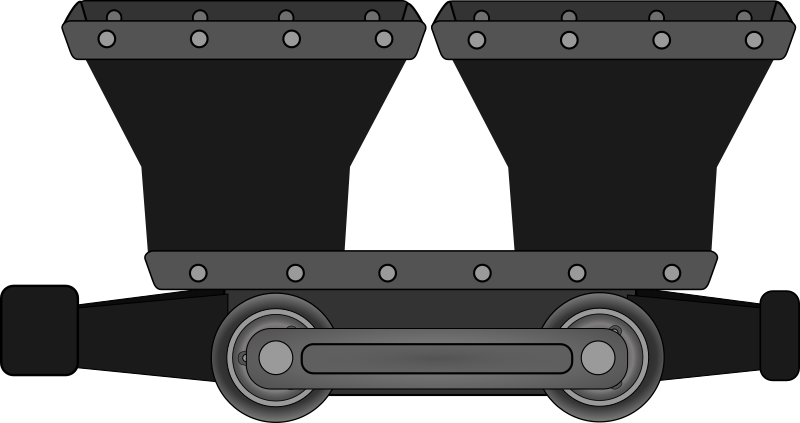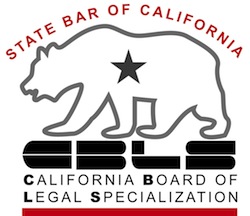Each debtor in a Chapter 13 was entitled to debts within the debt ceilings for Chapter 13 eligibility according to a recent bankruptcy decision out of Kansas called Dana Werts.
That effectively doubled the amount of debt a married couple could have and still meet the debt limits of Chapter 13. [Since this decision, Chapter 13 debt limits have significantly increased.]
Judge Karlin recognized that a joint case is simply two separate cases administered together. The debt of each spouse should be separately calculated and measured against the debt cap.
Previously, courts have treated a joint case as though it were a single person and required that the debts of the couple be combined to look at Section 109 eligibility.
Even if we’re not in Kansas
This is a marvelous decision for Californians where hard times and underwater real estate increasingly find married couples with collective debts in excess of the limits. I have found myself deconsolidating cases filed jointly when it was determined that the total debt rendered the couple ineligible, if you assume that the 109 limits apply to the sum of the debts.
It then raises the question of exemptions: if a joint case is really two cases, are not the debtors entitled to two sets of exemptions?
My thanks to my friend Doug Jacobs for pointing me to this case.
More
Should both spouses file bankruptcy?
California’s phantom discharge for non filing spouse







Cathy,
Great blog! I just stumbled across it a few days ago.
The Werts case is interesting. It makes logical sense (unusual for a bk case!), particularly from an administrative stand point.
Do you think the fact that the Werts’ initially filed as a CH7 then forced into a CH13 makes any difference? Any opinion whether that will be distinguished from an initial joint CH13 filing with debts above the limits?
Aside from the additional costs/fees and twice as much work, are there any disadvantages to filing separately for the debtor?
Have you had good success (pre Werts) filing individual CH13 petitions for married couples who are jointly over the debt limit but each under if filed separately?